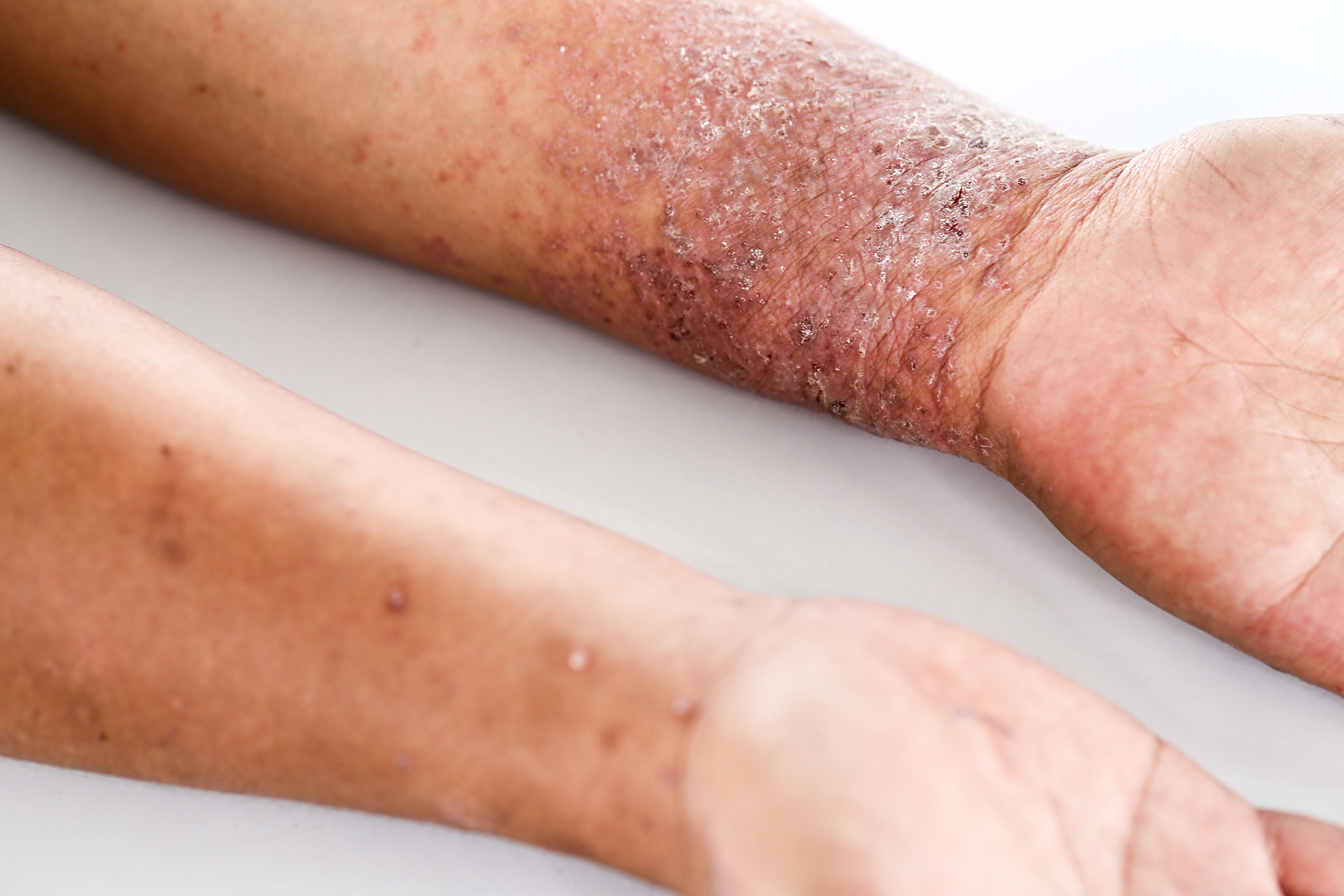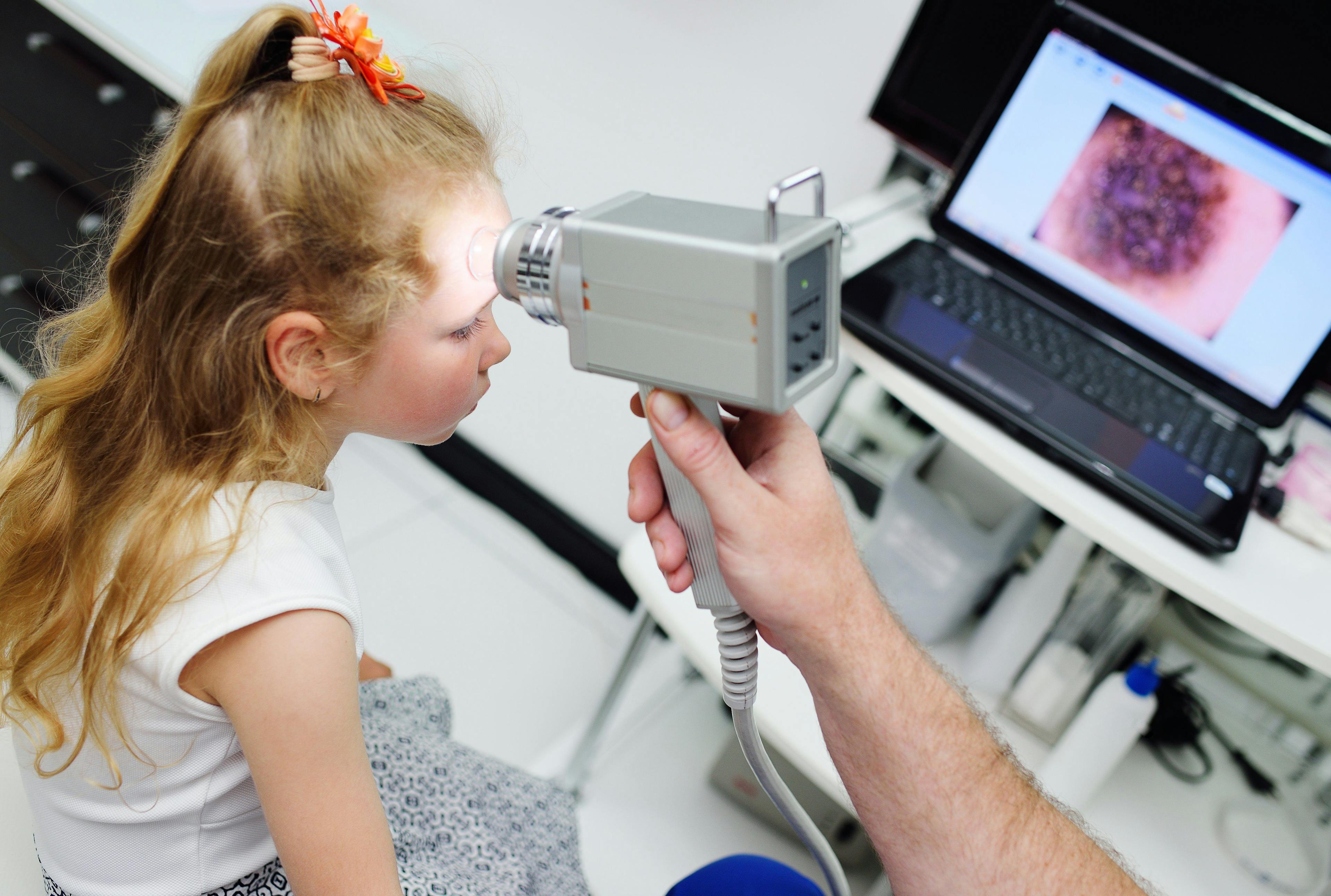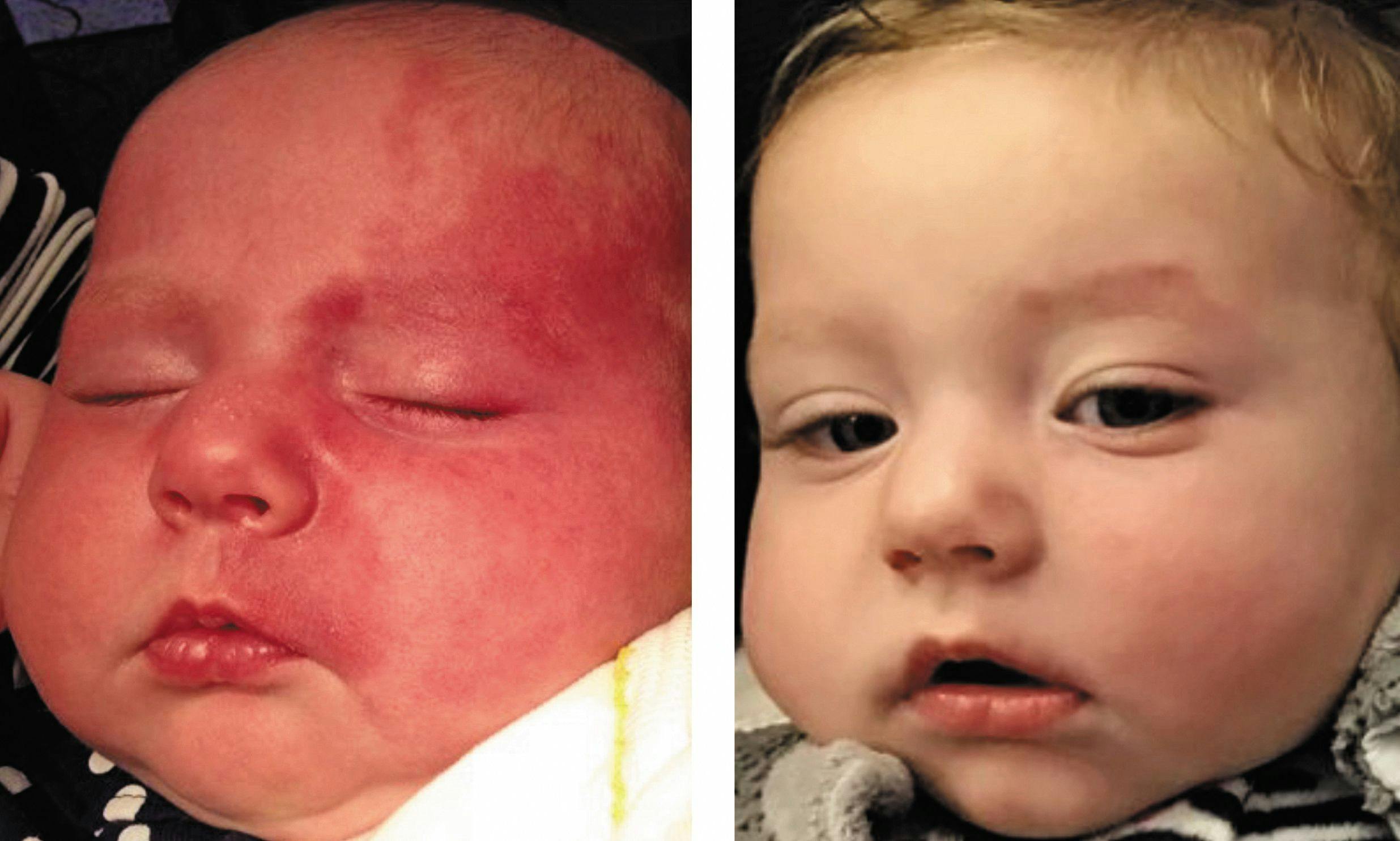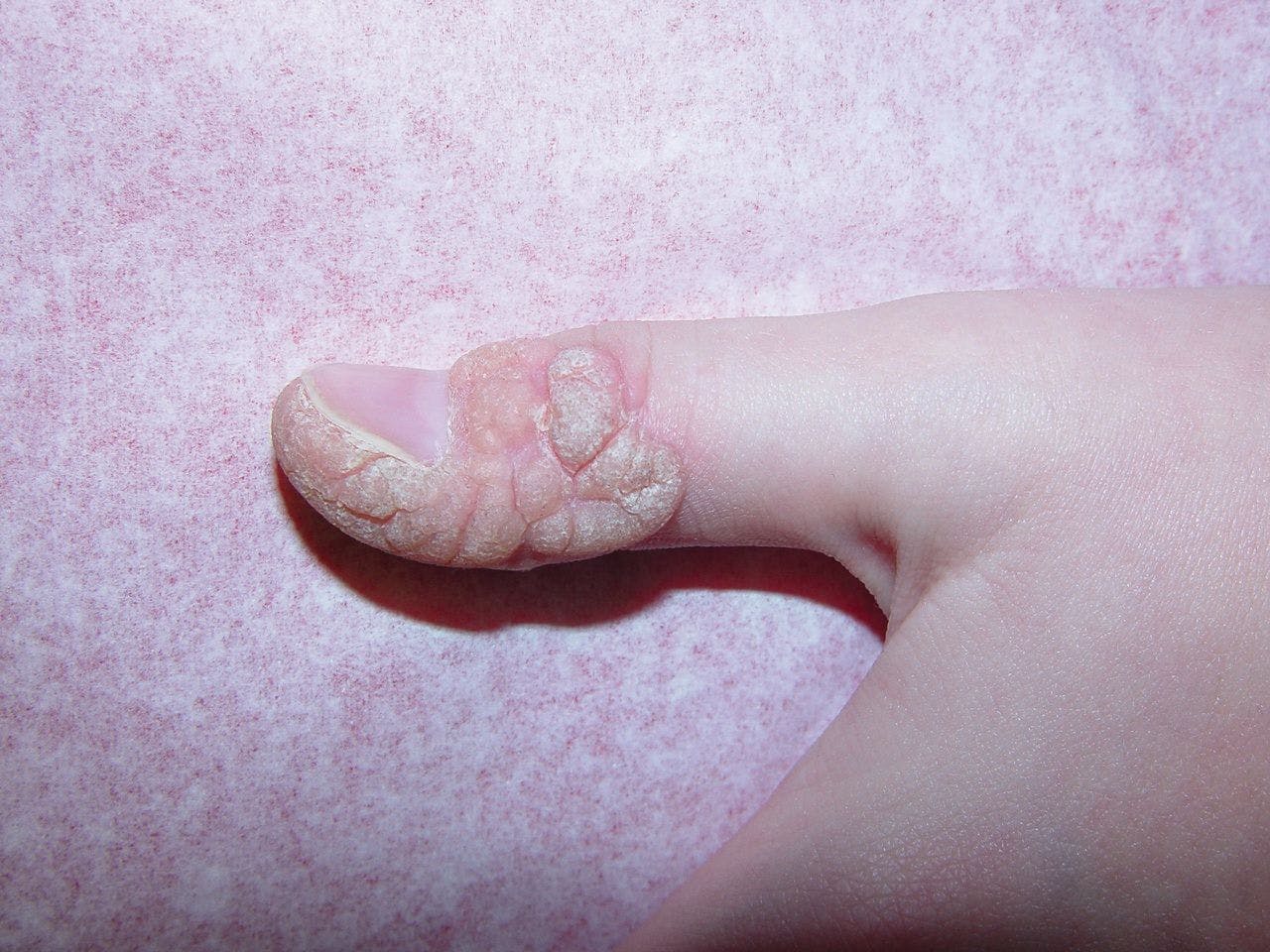- Acne
- Actinic Keratosis
- Aesthetics
- Alopecia
- Atopic Dermatitis
- Buy-and-Bill
- COVID-19
- Case-Based Roundtable
- Chronic Hand Eczema
- Chronic Spontaneous Urticaria
- Drug Watch
- Eczema
- General Dermatology
- Hidradenitis Suppurativa
- Melasma
- NP and PA
- Pediatric Dermatology
- Pigmentary Disorders
- Practice Management
- Precision Medicine and Biologics
- Prurigo Nodularis
- Psoriasis
- Psoriatic Arthritis
- Rare Disease
- Rosacea
- Skin Cancer
- Vitiligo
- Wound Care
Publication
Article
Dermatology Times
Self-injection education improves patient confidence, satisfaction
Author(s):
Are you training your patients on how to use their self-injectable medications safely and effectively? If not, you may want to start, according to researchers of a recent study, which examined patient behavior surrounding self-injection devices.
Are you training your patients on how to use their self-injectable medications safely and effectively? (sinhyu - stock.adobe.com)

Mr. Reynolds

More dermatology patients are self-injecting medications as the numbers of approved biopharmaceuticals increase to treat disease like psoriasis and atopic dermatitis. And, self-injecting can be a scary proposition for patients, according to diabetes research.1
Patients using autoinjectors often make mistakes using them, according to 2015 study that looked at the use of epinephrine autoinjectors.2
“Only 16% of 102 patients prescribed an epinephrine autoinjector could properly operate it, and more than half of the 84% who made errors missed three or more steps,” the authors write. “The most common mistake, made by three-quarters of those who made mistakes, was failing to hold the unit in place for at least 10 seconds after triggering it.”
Patients can avoid errors with proper training and onboarding, yet a 2018 survey of healthcare providers found that nearly 43% of patients prescribed self-injection devices weren’t trained in the clinic on how to use the devices.3
Joe Reynolds, research manager at Noble, tells Dermatology Times that dermatology patient education and training for how to self-inject is timely given the market momentum from biopharmaceuticals such as Cosentyx (secukinumab, Novartis) and Dupixent (dupilumab, Sanofi Regeneron), as well as long-established products like Enbrel (etanercept, Amgen) and Humira (adalimumab, Abbvie).
Noble conducted a two-week study looking at patient behavior and found that study participants were highly engaged at home with their training materials, and those materials helped them perform better with their actual injections. It also helped increase their overall satisfaction with the therapy, according to Reynolds.
The Noble study included 27 bio-naïve participants. Researchers divided participants into three groups. Participants in the control group had access to only the medication’s instructions for use (IFU). The second cohort received the training device and was trained using Noble materials, in addition to the standard IFU. The third group was given the training device and an interactive video, and was trained on how to use the device, in addition to the IFU.
Fifty-six percent of the subjects in the control group made mistakes when they had to self-administer the injection, versus no mistakes in the other two groups. More than 90% of subjects said they preferred to receive a training device to take home and practice with before having to inject the real medication, according to a Noble white paper on the research.4
“We have found that training helps prevent patient callbacks and follow-up visits relating to device use. With many of these medications, there are decay periods between injections. During those time periods, people forget how to self-inject, and if they don’t have access to training and education, are more likely to call back with device questions and even schedule follow-up visits,” he says.
References:
1. Al hayek AA, Robert AA, Babli S, Almonea K, Al dawish MA. Fear of Self-Injecting and Self-Testing and the Related Risk Factors in Adolescents with Type 1 Diabetes: A Cross-Sectional Study. Diabetes Ther. 2017;8(1):75-83.
2. Potera C. Misuse of autoinjectors and inhalers. Am J Nurs. 2015;115(3):17.
3. Lang VA, Nalan D. Combination product patient training: How are patients trained and who conducts the training? Oral presenation at 2018 Design of Medical Devices Conference; April, 2018; Minneapolis, MN.
4. Improving Patient Onboarding & Outcomes Through Training. Noble Website. https://www.gonoble.com/wp-content/uploads/2018/10/Noble-WhitePaper_181010.pdf. Published October 2018.

Newsletter
Like what you’re reading? Subscribe to Dermatology Times for weekly updates on therapies, innovations, and real-world practice tips.


























